Often regarded as the best lighting company in the world, Profoto offers a few battery-powered lights. The pinnacle of such lighting is the Profoto B1X. In 2024, however, does it hold up against the competition, and are there better alternatives?
It's 2024, and I am changing my kit. Not for any good reason besides having a little more disposable income and buying the nice-to-haves. When I am making such changes, I often like to sell off my existing kit and use that to finance the new kit. This is a good way to ensure that you are spending the money you already invested and basically making the kit free. As such, if I sell a flash for a grand, I now have a grand to spend on another flash. Crucially, I don’t apply this when I need to buy new things such as modifiers, or an item that I don’t already have a version of. The B1X is one of these items. I’m at a crossroads of selling it or keeping it. So here’s a long-term review of this unit, so you can decide what to do with your kit, and if you should buy a B1X in 2024.
Introduction
The Profoto B1X is marketed as the ultimate on-location light. For good reason: it has plenty of power, and good performance. It also comes in a fairly small package, being no larger or heavier than a D2 or a D1. At the same time, Profoto offers a B10X Plus, which is rated at the exact same power, while being smaller and lighter. As far as on-location lighting goes, would that be the ultimate purchase? I’m afraid not. There are many things that make me choose the B1X over the B10X Plus. The first one being recycle times, and the second being modifier options. The B1X also offers a user-friendly flash tube replacement, making the unit more robust and reliable. In short, when I had my flash tube on the B1X blow, I simply bought a new one and replaced it. It took me half a day and $205. For extra safety, I could just have a good flash tube kicking around in the studio.
Build Quality
The B1X has been nothing but good to me. Now that I own ProHeads, I retired it in the studio, but still love using it on location. I take the B1X with me whenever I travel too.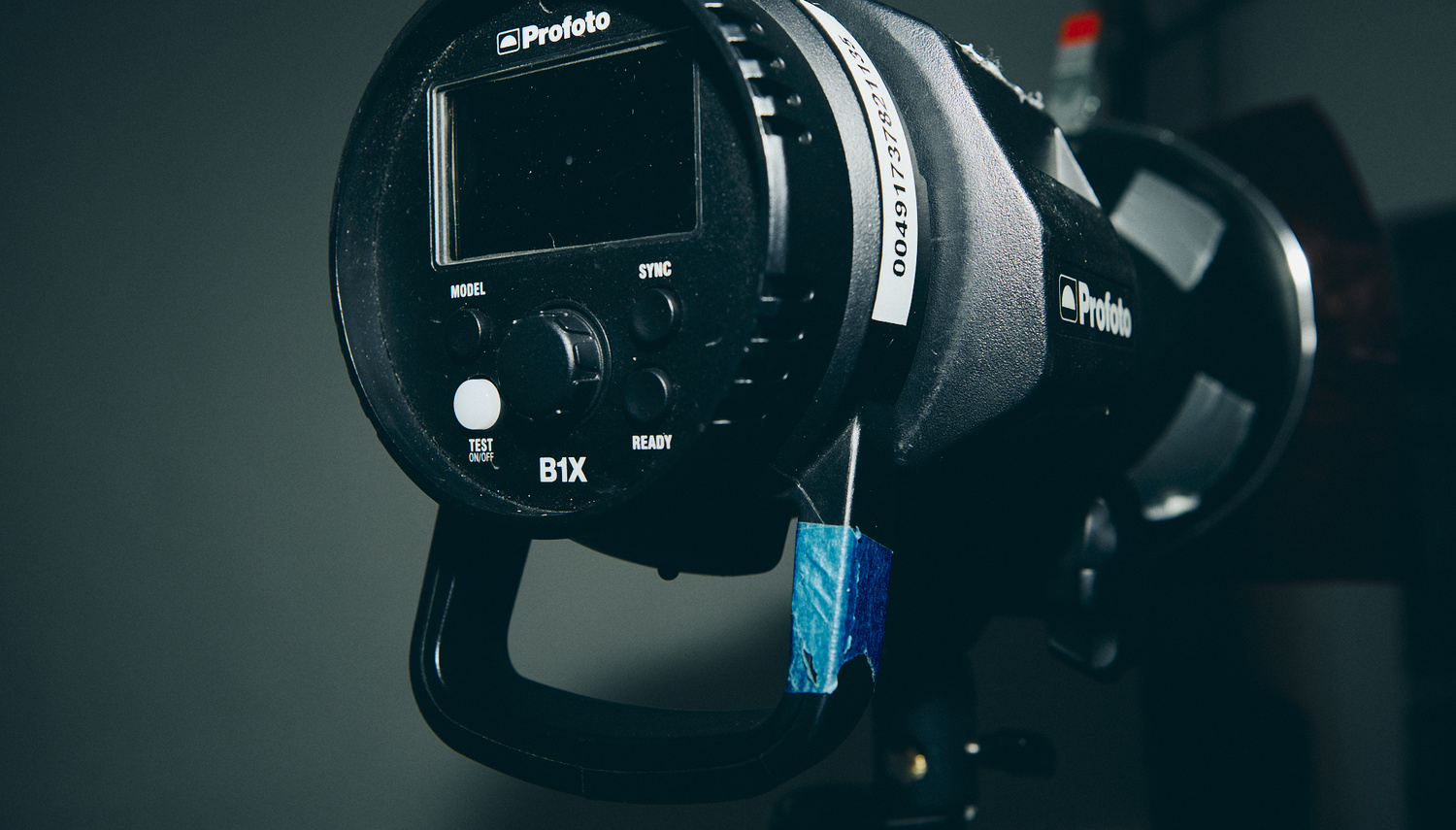
The body of the light is made from one piece of what feels like high-quality plastic. That said, it’s very thick and can take a beating, my light being the prime example of that. It can easily hold any heavy softbox, unlike the B10-series lights. For example, I could easily put a 5' octa on my B1X without worrying that it will break the light. The B1X is not indestructible, but neither is it made to be kept under museum glass. As always, I am very happy with the build quality of Profoto equipment. While there are some negative comments I would say about the construction of the OCF and Clic softboxes, the RFi and even the RF range are built to last a decade if not more. As far as build quality goes, no complaints. The knob on the B1X is also a new design, which makes securing the light easier, finally.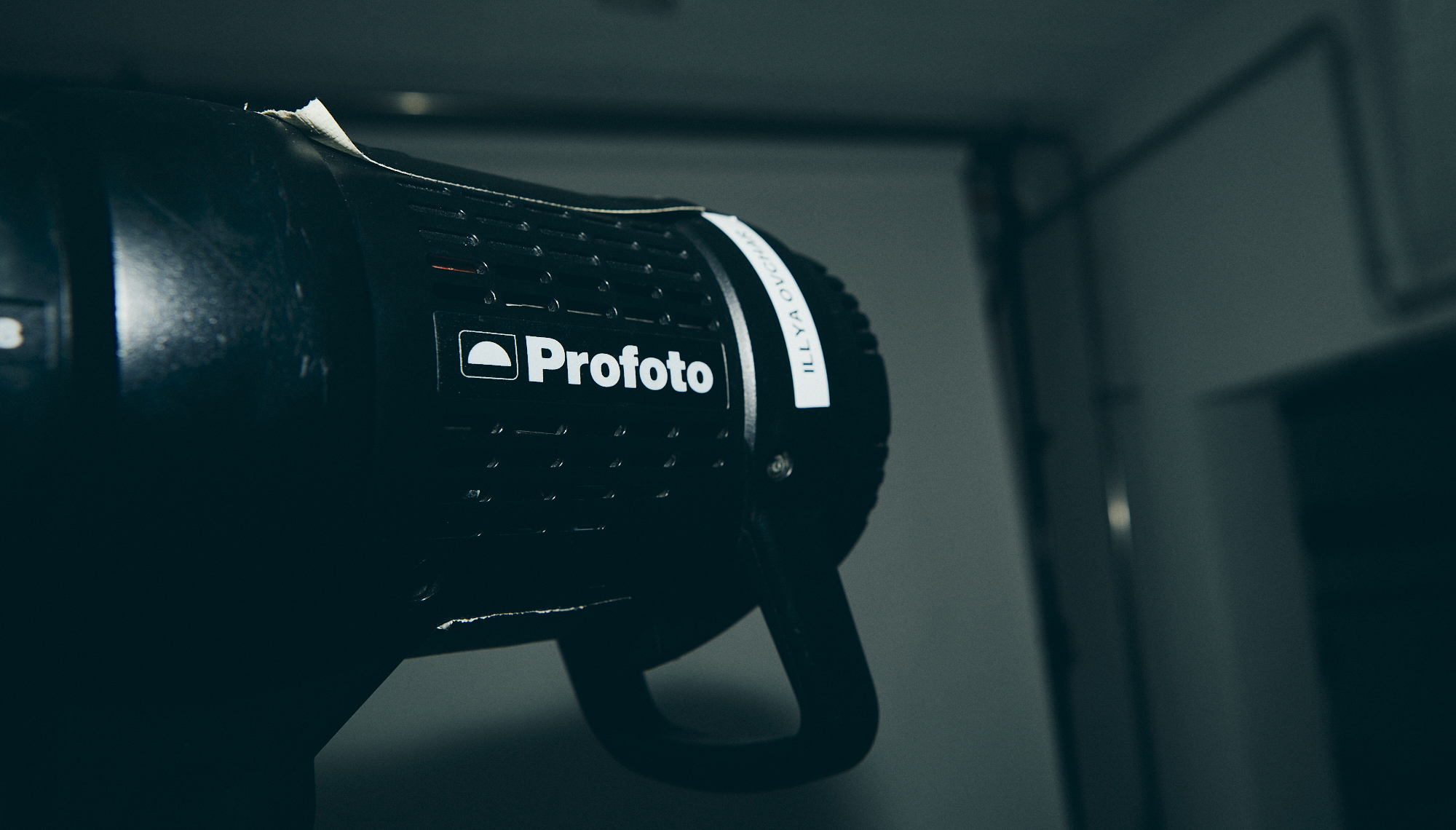
Performance
The flash is made with professional photographers in mind. This means it has not only good build quality but also features to go with it. In short, it has good recycle times, decent flash duration, and great consistency. Let’s break them down one by one and see what it does in real life.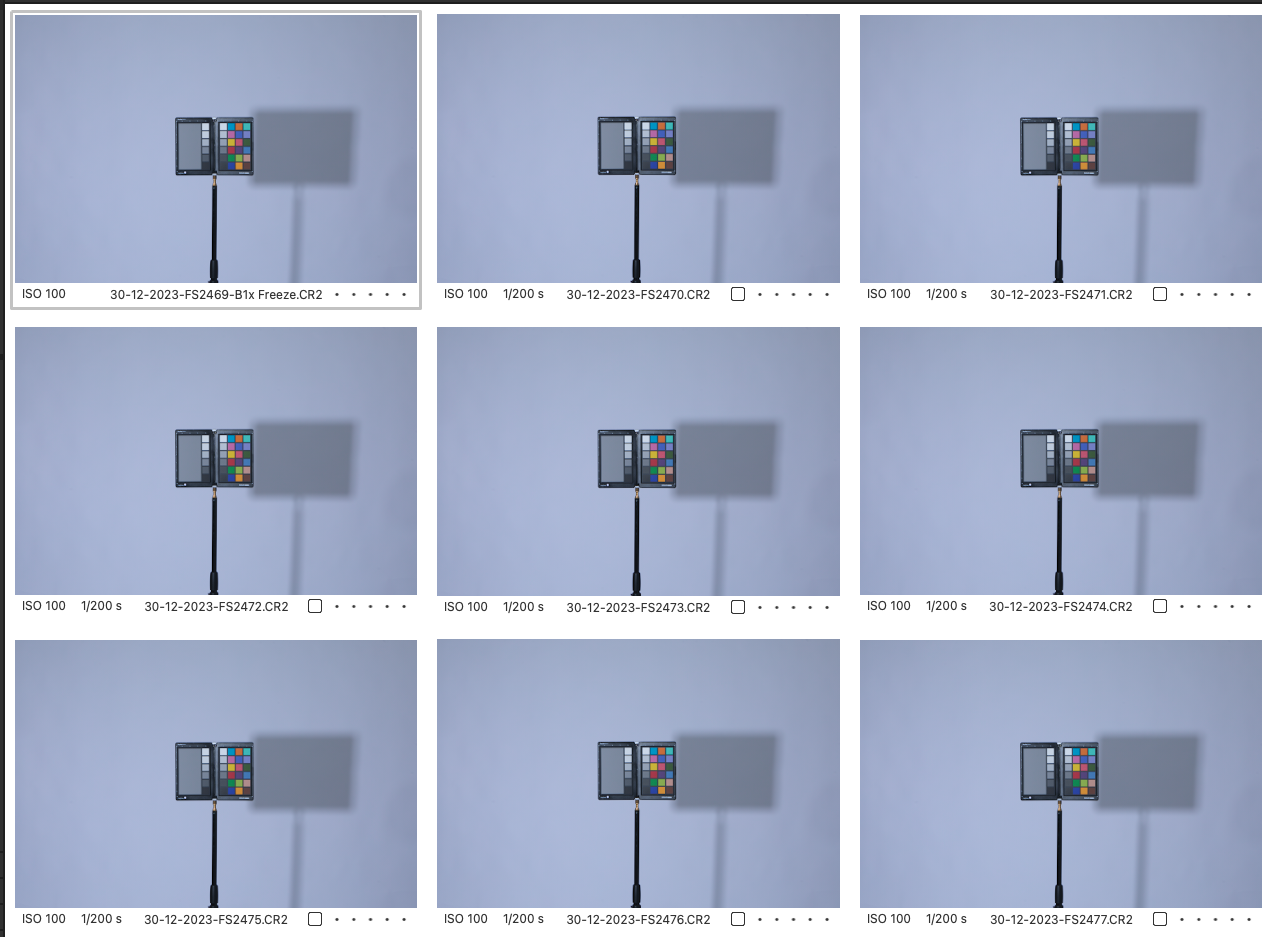
Freeze Ability
The B1X has two modes, normal and freeze. Normal mode is made for ultimate consistency, while freeze is for freezing action. When in freeze mode, the color consistency will not be as good, but still decent enough to get a good outcome.
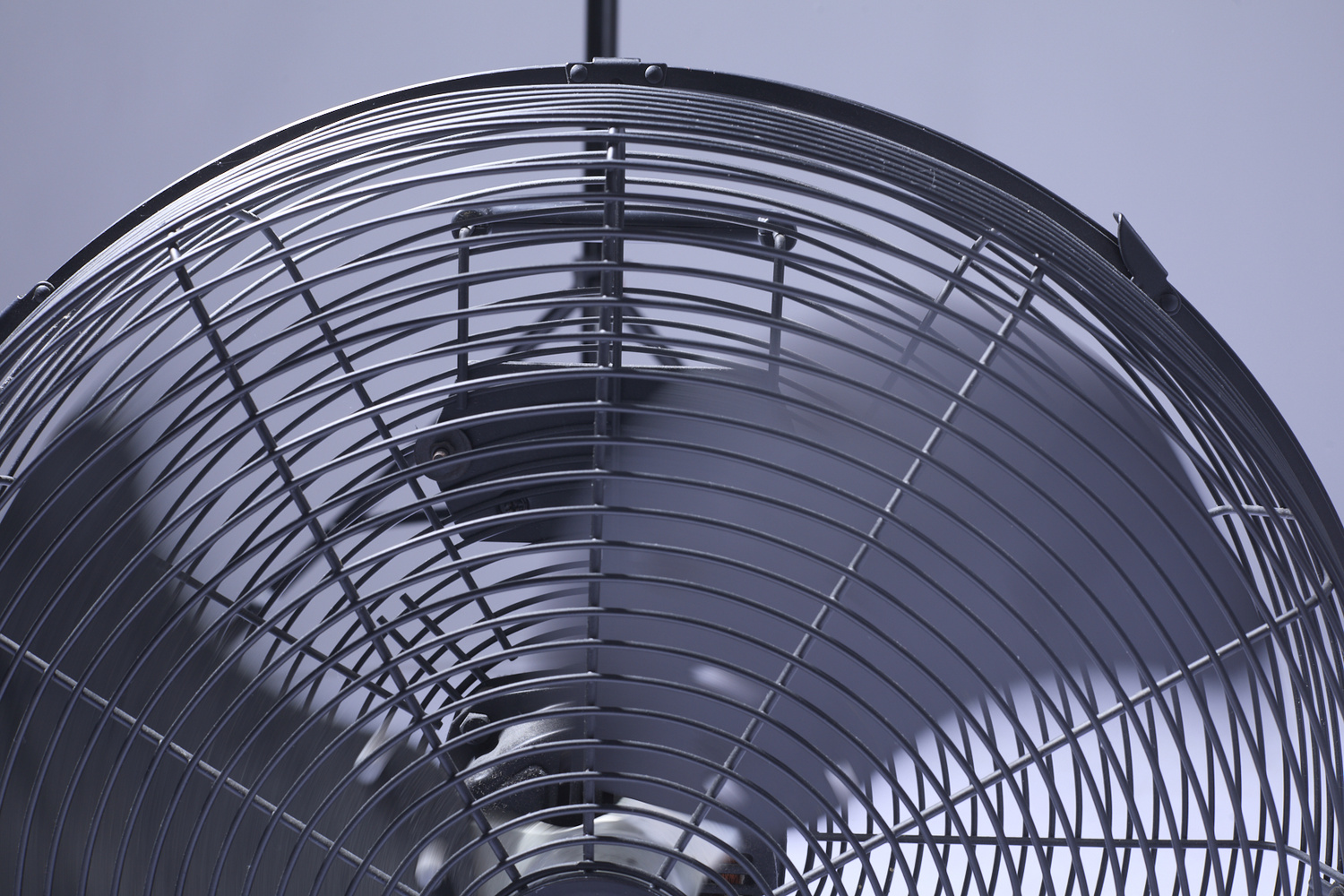
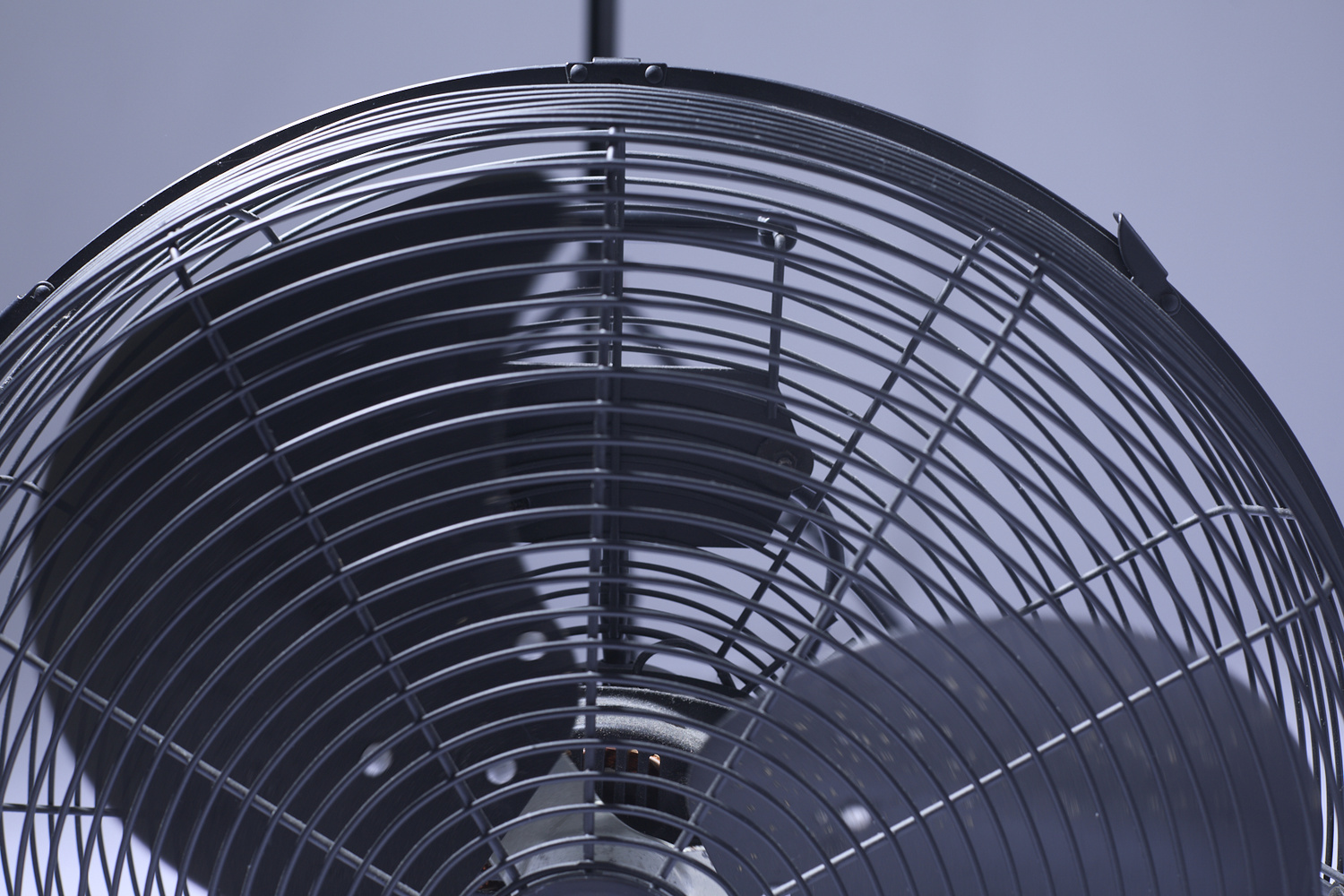
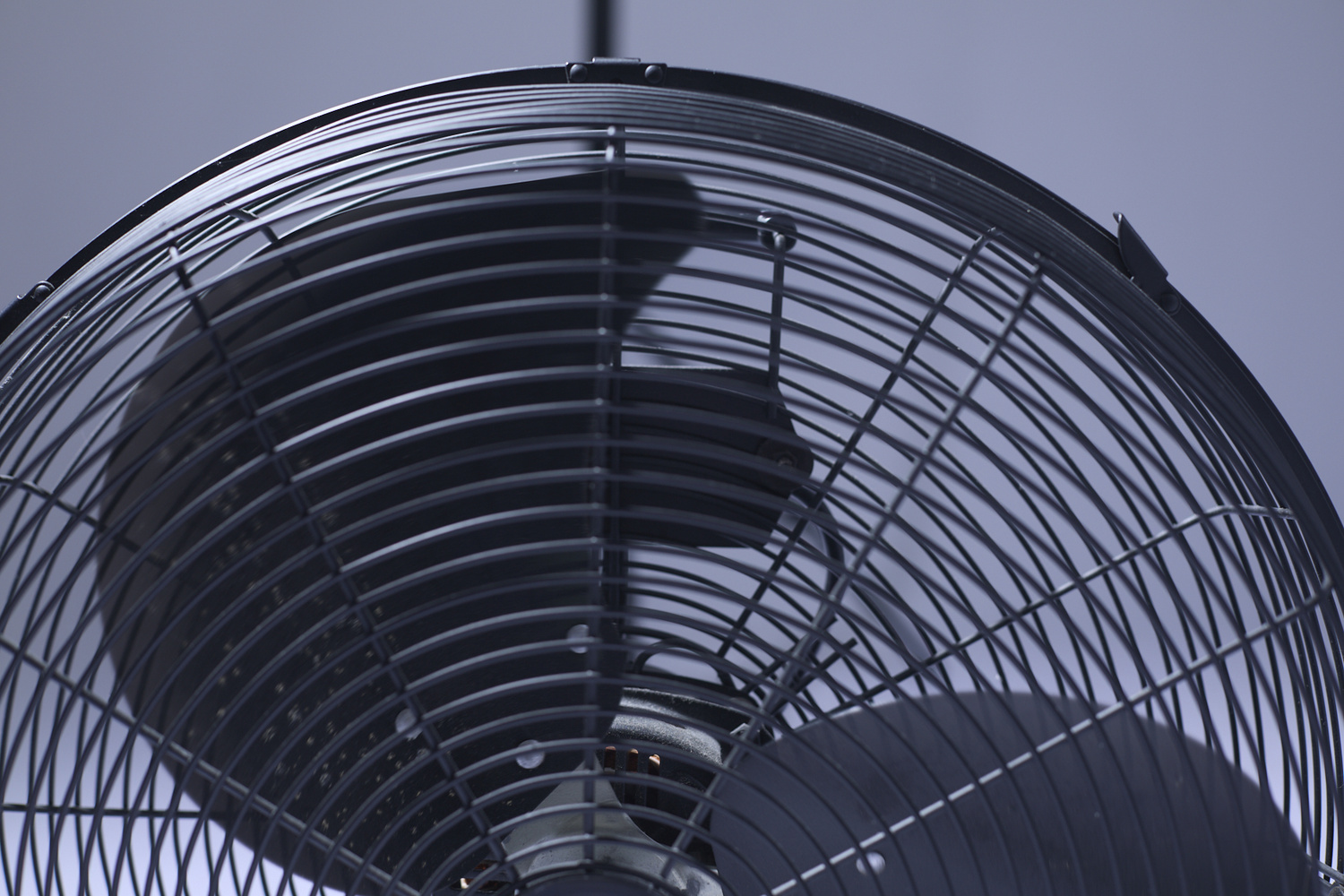
Just like with every other light, freeze ability is best at powers 6-8. My personal favorite would be power level 7.5, as at that point you still get decent durations, as well as decent freeze speeds. To be frank, if freezing motion is your goal, the B1X is not for you. Something like a Pro-B4 will do the job much better, but will be a much bigger unit to carry around.
Recycle Time
The unit recycles in just over 1 second at full power, which is a huge improvement over the previous B1 light. If you are not using it at full power, you will not notice the recycle time at all. The light has something called burst mode, where it will release a series of flashes. This is available at lower power settings. If you are using the burst mode at around power level 6, with a camera that shoots around 6-7 frames per second, you will be okay. This is a light well-suited for action photography. The maximum burst rate is 20 flashes per second, making it a very solid performer for action photography. I never had to use this mode on my B1X, often resorting to the regular mode, and just capturing one frame at the right moment. But each to their own.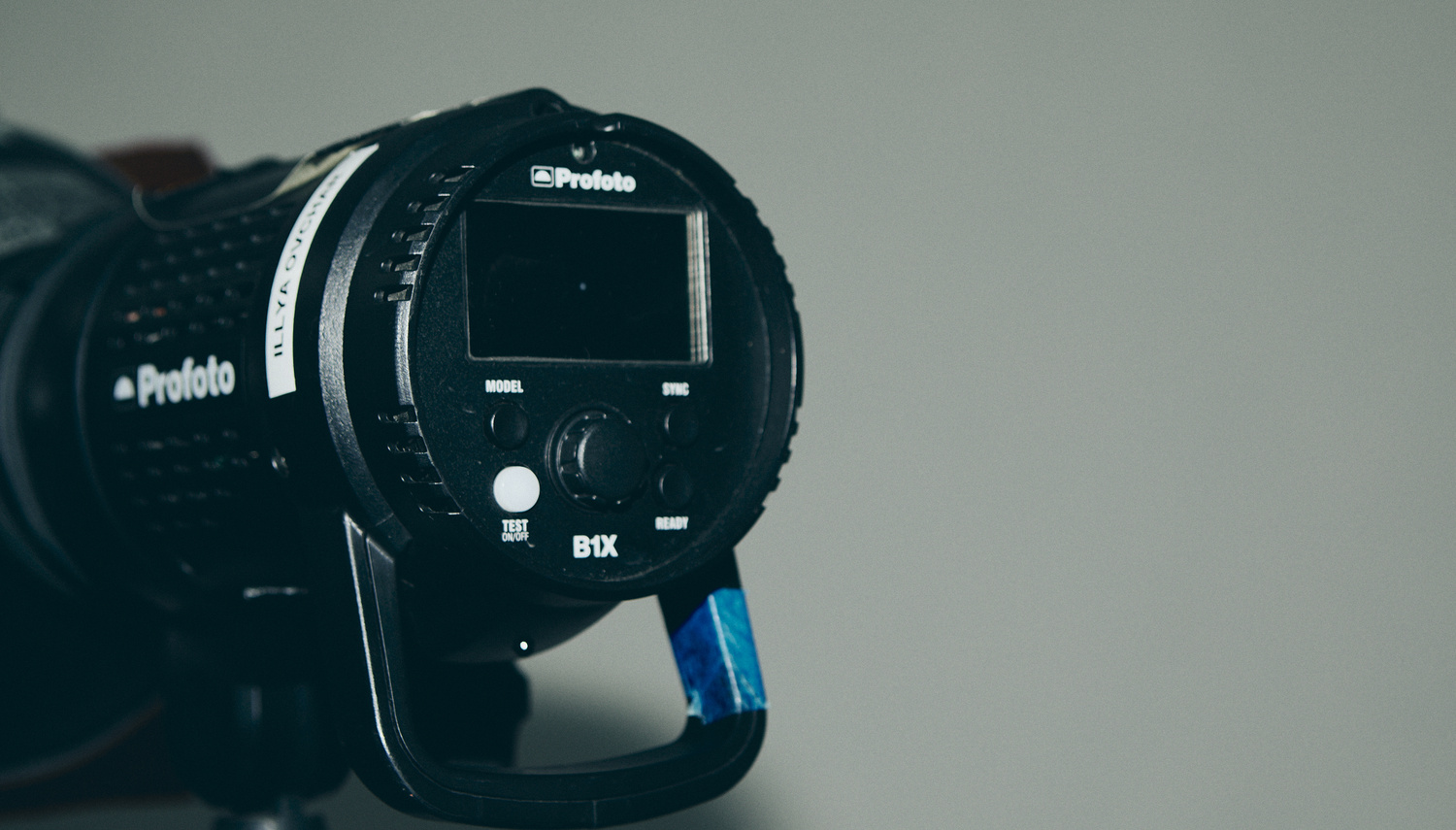
Battery Life
It’s not great, but not too shabby either. A new battery will last you 325 flashes as stated by the manufacturer, and around 650 at power level 9. I like to use my B1X at 9 maximum for that reason, as well as better freezing ability. I also like to use the modeling lamp, so it only makes sense to turn the power down. My battery, considering I bought the unit used, and have been hammering at it for two years, is still holding up quite well. I can safely get around 200 full power pops, and if I go down on the power, I am able to pretty much shoot on one battery. In fact, I own only one battery for it, as an extra is too expensive to justify. Usually one battery is enough to keep me going on location. If it isn’t, however, I might rent some extra batteries. If it’s a big location shoot, I will take 3-4 batteries. One of them is going to be left full, no matter what’s going on.
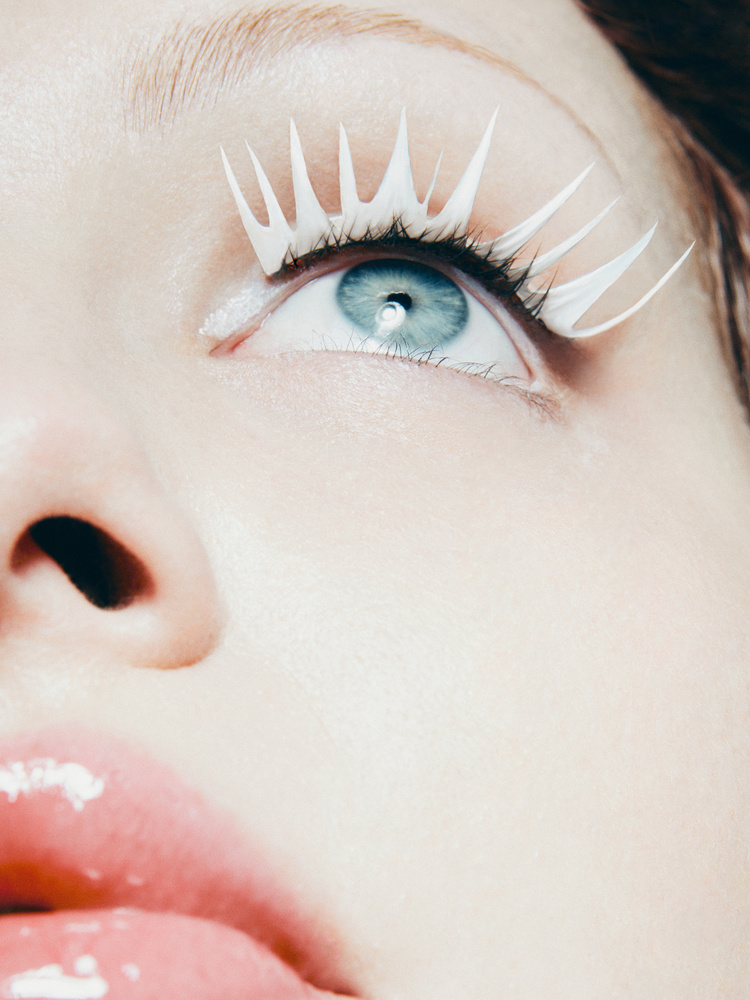
Should You Buy It in 2024?
The B1X is a very solid light, and I do recommend it. That said, I do want to give some other options to consider from the Profoto ecosystem. The best alternative is the Pro-B4. I’ve been looking at buying that light for a while now, and once a good deal opens up, I might take the plunge. The durations are better, the power is as well, even though the unit is bulkier, and the battery life is worse given how old the batteries are. Another option is the Pro-B2 or the Pro-B3. This is another battery-powered pack & head system that offers 1,200 W of power, and the ability to use ProHeads. The flash durations are better too. With the Pro-B4, you need to be prepared to buy into a very expensive and heavy pack & head system. On average, it costs the same as a new B1X, or even more. As for the Pro-B2 or B3, forget about Air controls and be prepared for a very old style of dials. The power controls won't be as fine, is what I’m saying.
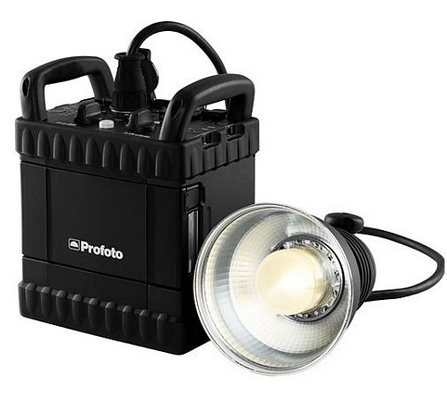
Overall, I say the B1X is a very able light that is offering enough usable power and performance. If you want something that is aimed at working pros while still being lightweight and durable, as well as user-serviceable, go for the B1X. It’s a great light, and I will be keeping mine around for a while. If, however, you want to get the most power, and weight and money are not a concern, get the Pro-B4, or the Pro-B2.
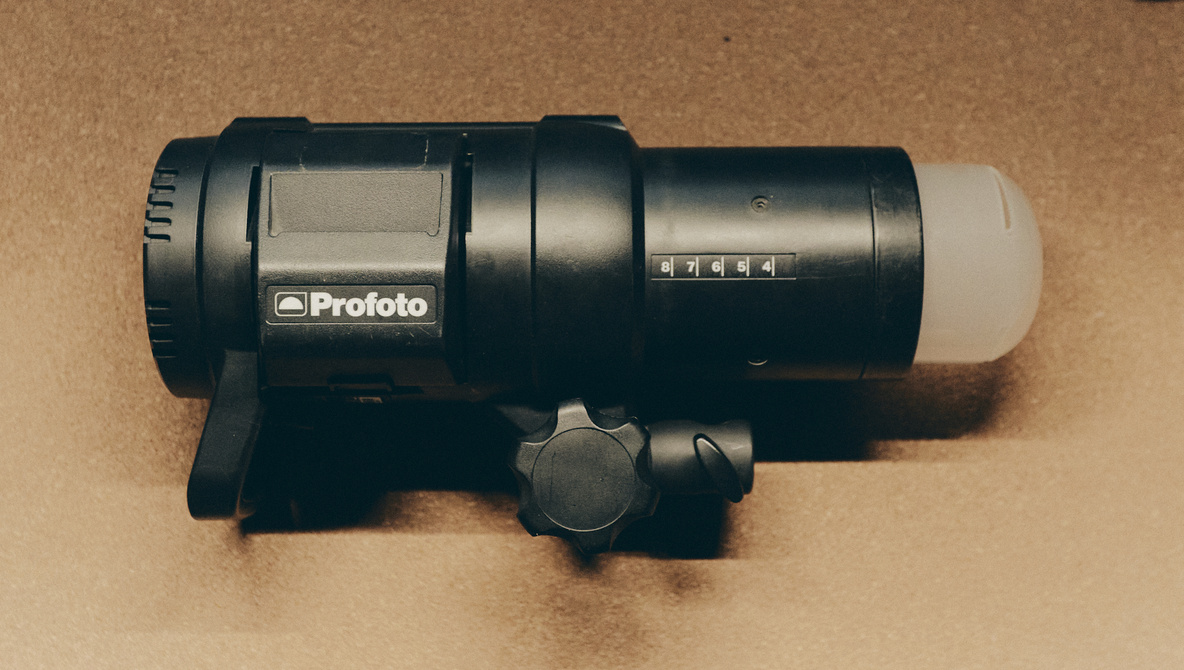







One problem with the b1x is the colour shift when using HSS, apart from that i love mine
I'm currently using the B10 but I'm debating if I'd like to move to the B10 or the A2.
F stoppers is now just one big advertisement for profoto?
Thanks for my first chuckle of the day! It’s unfortunate you’re missing all those other articles.
Another waste of net space article. SMH.
How